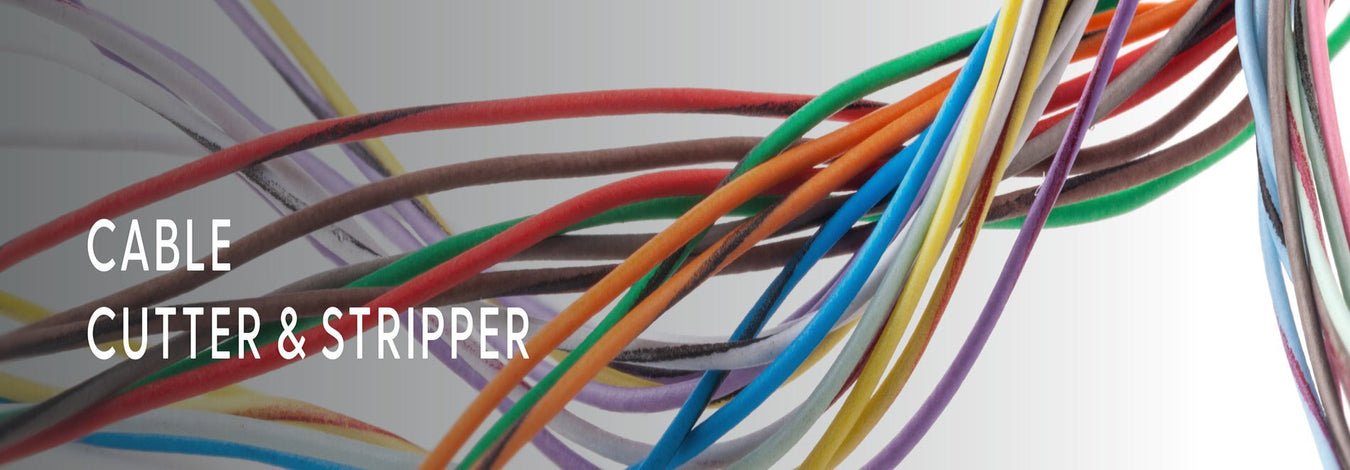
Can I Connect PEX Directly to a Water Heater?
Cross-linked polyethylene (PEX) is among the most sought-after plumbing solutions due to its durability, flexibility, affordability (often costs nearly half the price of copper), and ease of installation. Over the years, PEX has become increasingly popular in home improvement and among most plumbers in today’s world. It’s one tubing that is gradually replacing copper pipes.
Nonetheless, PEX’s compatibility with different essential components of the plumbing system is a concern, especially when working with water heaters. For instance, is it okay to connect PEX directly to a water heater? There is no simple “YES” or “NO” answer since there are a lot of dynamics involved when answering this question, and it requires a better understanding of PEX tubing and water heaters used in plumbing systems. But for the most part, this kind of connection is not recommended.
Keep reading as we explore more and answer this above-outlined question.
Understanding PEX Connections to Water Heater
The issue of running PEX directly to water heaters is not new. However, homeowners and professionals hold different views on it. As stated above, there are a lot of factors that determine the viability of such connections.
To start with, most water heaters are set to run between 120 to 140 degrees Fahrenheit, and that’s what most households require. On the other hand, most PEX pipe manufacturers allow operating temperatures only up to 180 degrees Fahrenheit, with a few supporting up to 200 degrees Fahrenheit. It implies that most PEX pipes can withstand temperatures from a water heater. However, when it comes to making connections, some variables determine if you can connect PEX tubing directly to a water heater. They include:
A. Types of PEX and manufacturer’s specifications
PEX pipes are of different types, i.e., PEX A, PEX B, and PEX C. While all are suitable for plumbing applications, not all are best suited for hot water applications. PEX A is more flexible and tolerant to extreme temperatures, thus making it a better choice for hot water applications.
Additionally, you’ve to ensure the PEX pipe is rated by the manufacturer for use with hot water. PEX used has to be rated beyond what a typical heater will heat to.
B. Plumbing codes and specific local requirements/standards
Depending on your jurisdiction, various codes guide plumbers and homeowners on standard ways of running plumbing systems and the type of tubing to be used. Whether it’s a DIY professional project, working within the plumbing code and local requirements is always good.
Some of the common codes include the US Uniform Plumbing Code (UPC), International Residential Code (IRC), and ASTM F877. For instance, most codes don’t explicitly permit direct PEX connection to a water heater and require at least 18 inches (457 mm) of copper tubing to isolate PEX from the water heater.
Therefore, quickly search what the plumbing code within your jurisdiction stipulates or engage professionals who understand that topic.
C. Type of water heater and tank
The issue of PEX tubing being connected to certain types of water heaters and tanks is somewhat related to the plumbing codes and requirements. However, the most significant part is linked to safety and fire hazards. Briefly, some direct PEX connections are only okay with some types of water heaters and tanks.
For instance, there is no problem connecting PEX tubing directly to electric water heaters. However, with other options, such as a gas water heater, best practices require at least 18 inches of metal piping (corrugated copper or stainless steel) extension from the tank to the PEX tubing. Also, you should avoid having PEX tubing directly connected on top of the gas water heater and close to the flu stack (at least 6 inches away from the exhaust vent) because of the temperatures associated with the flue.
An alternative to this kind of installation is to use water heater adapters that serve as a buffer between the tank and PEX tubing.
Other Things to Remember When Installing PEX Tubing
1. Use the right fittings and tools
To make secure and reliable PEX connections, you need to use the proper fittings and tools. For PEX A tubing, consider quality expansion fittings and an expansion tool like the iCrimp IWS-1960R PEX Expander.
For PEX B tubing, use quality insert-style fittings and clamp or crimp rings for tight and durable connections. You need tools like the iCrimp IWS-1234P PEX Crimping Tool for crimp rings or the iCrimp ICP-PC02 PEX Clamp Tool for clamp rings to complete connections.
2. Secure the PEX pipes
Regardless of the type of installation you’re doing, it’s important to ensure that your PEX pipes are secure and supported as per the standard requirements within your jurisdiction. For instance, when doing a vertical installation, ensure you use pipe hangers to hold PEX pipes securely where necessary.
3. Observe UV protection of PEX pipes
UV light can cause damage to the PEX tubing, speeding up chlorine-induced oxidation. While most manufacturers use UV stabilizers in PEX tubing, they can only provide UV protection for a maximum of 60 days. Therefore, consider installing PEX pipes 5 feet away from UV light sources such as fluorescent lighting, halogen bulbs, and sunlight. Alternatively, you can use an insulation layer on your PEX pipes.
Final thought
Generally, installing PEX pipes directly to a water heater is allowed but IS only applicable to certain water heaters, such as electric ones. Other factors determine how you connect PEX tubing to water heaters, such as plumbing codes/standards and PEX manufacturer’s specs. For this reason, always work with or consult knowledgeable and licensed plumbers for PEX installations and repairs.
Also, ensure you use the right tools and fittings when making PEX tubing connections. iCrimp is the ideal platform to get quality, user-friendly, and affordable PEX tools and fittings for your next DIY or home improvement projects.
References





